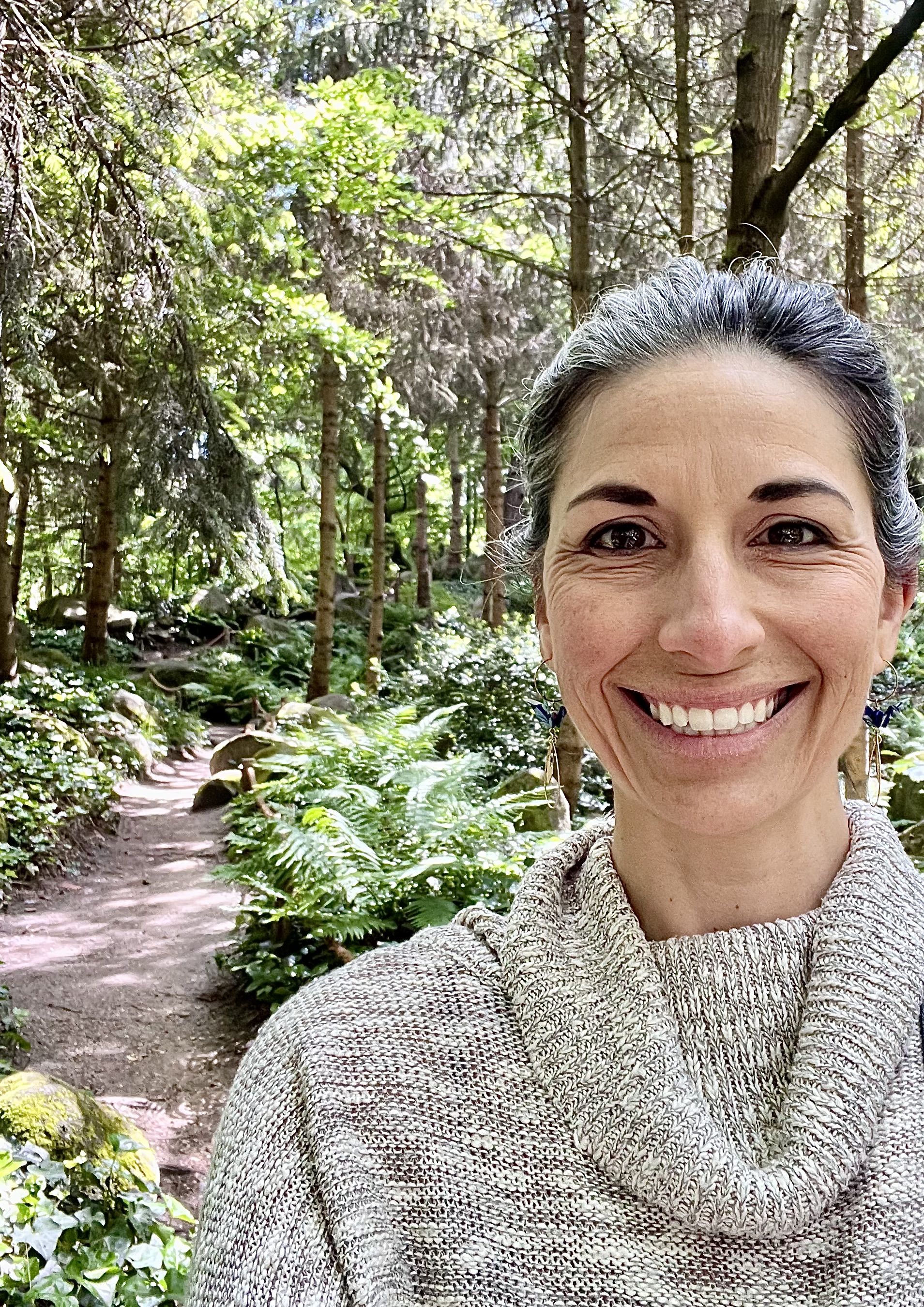Living In A Body
Aug 4
/
Melodie Scalf

As spiritual directors, we explore the directee’s experience. Whether we revisit a childhood memory or a recent event, we never really know where the conversation will take us. Oftentimes, through the lens of this compassionate holding of space, we encounter a moment where trauma has occurred in the life of the directee, and we notice where the cutting off or closing down from the senses helped in protecting the directee from danger; this putting up of walls is done in the hope of being protected from harm. There is no shame in this; it is the human response to guard against hurt and retraumatization.
In her book,” The Wisdom of Your Body”, McBride says, “The Body is not just an idea or a series of words; it is also an experience. Being fully alive and present lets us know we really are in our lives, not just passing the time on autopilot until we break a hip at eighty and wake up to the fact that we never really lived at all.” Experiencing life through our body is an invitation to encounter God more deeply. The trouble is that the body is where the neglect, or scary lived experiences also happened, entering into that vulnerability is not an easy task, and isn’t often something that we feel safe doing alone.
McBride offers a few techniques for reengaging the body, beginning with focusing on the breath. She relates this practice to the essence of God, referring to “YHWH,” as the sound of our breath connects us to the divine life source. This process may be the easiest first step toward re-membering ourselves. Other practices include noticing when we get tight, observing our physical and emotional reactions, then responding with kindness and curiosity toward what we notice. This helps us develop a trusting relationship with ourselves, and we can sense our body soften and relax.
Like most things in our lives, this is not a one-and-done fix, with regular practice of noticing our disconnection from our bodily experience, we can begin to show kindness and curiosity. This practice helps to build back trust with ourselves. As we engage in practicing, we may find areas of disembodiment that are harder to engage with; this is perfectly normal.
Noticing is the first step toward offering curiosity and kindness to the parts of us that need a little more nurturing. We can bring this to our spiritual director, supervisor or therapist in an effort to continue self-care and invite Spirit to meet us in those tight places of our body.
Spirit will meet us where we are and invites us to embrace embodied living. In our efforts to escape pain, loss, loneliness, illness, hunger, fear, grief, and death, we inadvertently forfeit the many gifts of life that our bodies offer: pleasure, joy, energy, connection, creativity, and so much more.
Integration is a re-membering, a connection that grounds us in our roots as image-bearers. Our bodies were fearfully and wonderfully made, purposefully crafted and deemed very good by the triune God. I wonder what it would look like to treat our body less “like a meat puppet,” as one of my directees shared recently, but to offer the compassion of re-membering toward integration instead.
What would it look like to regain a little self-trust? How about a little softer of an invitation, like - what does self-trust look like for you?
What allows you to follow the invitation toward regaining a sense of self-trust?
How do you see this topic playing out in your sessions?
What do you notice about the topic of embodiment and self-trust in walking alongside others? Or those you accompany?
In her book,” The Wisdom of Your Body”, McBride says, “The Body is not just an idea or a series of words; it is also an experience. Being fully alive and present lets us know we really are in our lives, not just passing the time on autopilot until we break a hip at eighty and wake up to the fact that we never really lived at all.” Experiencing life through our body is an invitation to encounter God more deeply. The trouble is that the body is where the neglect, or scary lived experiences also happened, entering into that vulnerability is not an easy task, and isn’t often something that we feel safe doing alone.
McBride offers a few techniques for reengaging the body, beginning with focusing on the breath. She relates this practice to the essence of God, referring to “YHWH,” as the sound of our breath connects us to the divine life source. This process may be the easiest first step toward re-membering ourselves. Other practices include noticing when we get tight, observing our physical and emotional reactions, then responding with kindness and curiosity toward what we notice. This helps us develop a trusting relationship with ourselves, and we can sense our body soften and relax.
Like most things in our lives, this is not a one-and-done fix, with regular practice of noticing our disconnection from our bodily experience, we can begin to show kindness and curiosity. This practice helps to build back trust with ourselves. As we engage in practicing, we may find areas of disembodiment that are harder to engage with; this is perfectly normal.
Noticing is the first step toward offering curiosity and kindness to the parts of us that need a little more nurturing. We can bring this to our spiritual director, supervisor or therapist in an effort to continue self-care and invite Spirit to meet us in those tight places of our body.
Spirit will meet us where we are and invites us to embrace embodied living. In our efforts to escape pain, loss, loneliness, illness, hunger, fear, grief, and death, we inadvertently forfeit the many gifts of life that our bodies offer: pleasure, joy, energy, connection, creativity, and so much more.
Integration is a re-membering, a connection that grounds us in our roots as image-bearers. Our bodies were fearfully and wonderfully made, purposefully crafted and deemed very good by the triune God. I wonder what it would look like to treat our body less “like a meat puppet,” as one of my directees shared recently, but to offer the compassion of re-membering toward integration instead.
What would it look like to regain a little self-trust? How about a little softer of an invitation, like - what does self-trust look like for you?
What allows you to follow the invitation toward regaining a sense of self-trust?
How do you see this topic playing out in your sessions?
What do you notice about the topic of embodiment and self-trust in walking alongside others? Or those you accompany?

Melodie Scalf
Melodie is a certified spiritual director with over 20 years of experience in congregational and children's ministry. With her background in integrative health and wellness, Melodie engages her directees through a holistic lens, combining a variety of modalities in her practice.
Melodie has a passion for hiking mountains and spending time in the outdoors. When not outside she can be found playing boardgames and doing puzzles with her family.
Currently, she accompanies individual directees and offers small group spiritual direction. She would love to guide a wilderness experience or embodiment workshops for you or your small group.
You can connect with her via her website www.walkingbeloved.com or through email: melodie@walkingbeloved.com
Melodie is a certified spiritual director with over 20 years of experience in congregational and children's ministry. With her background in integrative health and wellness, Melodie engages her directees through a holistic lens, combining a variety of modalities in her practice.
Melodie has a passion for hiking mountains and spending time in the outdoors. When not outside she can be found playing boardgames and doing puzzles with her family.
Currently, she accompanies individual directees and offers small group spiritual direction. She would love to guide a wilderness experience or embodiment workshops for you or your small group.
You can connect with her via her website www.walkingbeloved.com or through email: melodie@walkingbeloved.com

